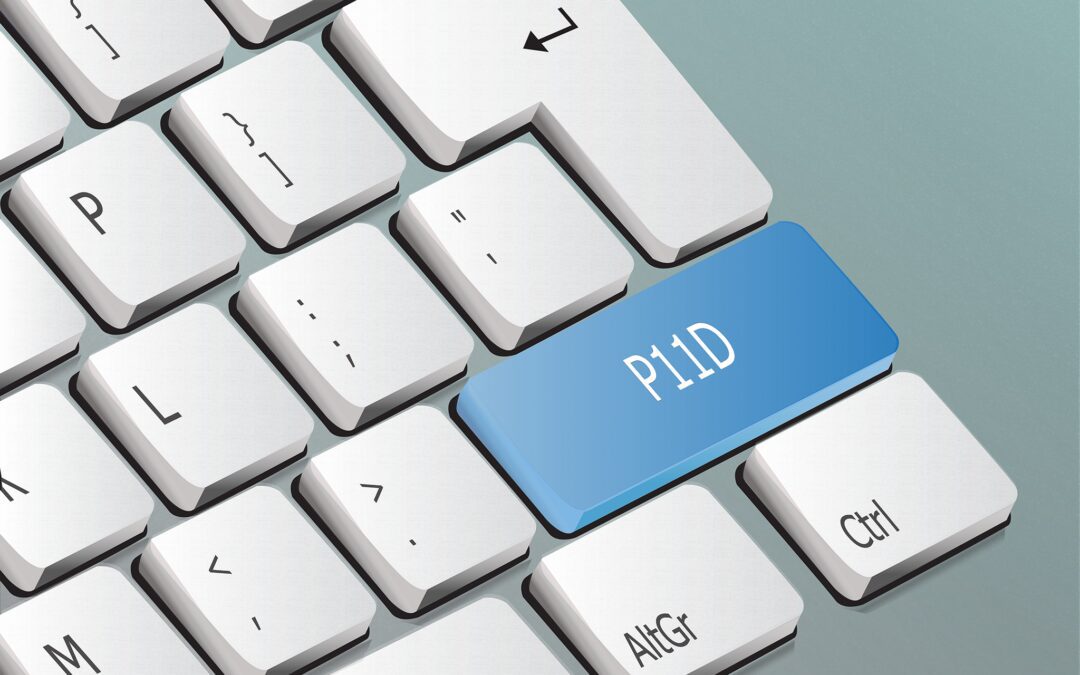If you are an employer in the UK, it is likely that you are familiar with P11D forms. These forms are used to report the value of ‘Benefits in Kind’ provided to employees. So, think company cars, medical insurance, and such like. These will all need reporting and submitting on the appropriate form to HM Revenue & Customs (HMRC) each year.
However, what happens if something goes awry with your P11D submission? Here’s what to do if a P11D goes wrong:
1. Identify the problem:
Before you can fix the issue, you need to know what went wrong. So, bypass the knee-jerk reaction to panic about what to do if a P11D goes wrong by taking some time to proactively understand what the nature of the error is. Mistakes with P11D forms can be anything from incorrect data entry to missing information.
2. Amending the P11D:
HMRC changed the rules around filing and amending P11D forms from 6th April 2023. HMRC will no longer accept any paper P11D forms, so all submissions must be electronic; this includes both the original submission and any amended Returns.
If you use an accountant, they will be across the process of submitting amended Returns to HMRC and they can deal with this for you.
If you prepare and file your own P11D forms in-house, you’ll need to familiarise yourself with how this is now done – via the post is no longer an option.
You firstly need access to the business’ HMRC government gateway and be able to login. From there, you need to open the PAYE account. You will then see an option (right hand side) to file and/or amend the P11D Returns.
Importantly, whereby you are amending a Return, you must complete the P11D forms in full – you cannot just submit the details that were previously incorrect. The complexity of this process will be subject to the type of benefit(s) offered to employees and the nature of the mistake(s) previously made.
If you are unsure how to approach this or feel out of your depth after looking over the onscreen form, please let us know and we shall be happy to assist.
3. Calculate any additional tax:
If the error on the P11D forms result in an additional tax liability, you will need to calculate the amount owed – HMRC’s software will not calculate this for you.
If you have previously dealt with the P11D process, you should already be aware of how to make a payment to HMRC. For completeness, HMRC’s payment details can be found here: – https://www.gov.uk/pay-class-1a-national-insurance/make-an-online-or-telephone-bank-transfer.
It is important to remember that a payment reference must be included when making payment to HMRC. Each business has a unique reference, and this can be found on HMRC end of year notice to file.
In short…
Mistakes can happen and knowing what to do if a P11D goes wrong can be a challenge. The most important thing to remember is to act quickly to rectify the situation. If you need help preparing or amending your P11D Returns, we would be delighted to offer our assistance.
Call us on 01243 782 423, or email from our contact page and we will be in touch!
We also update our YouTube Channel regularly with new content, see here: Lewis Brownlee YouTube channel





